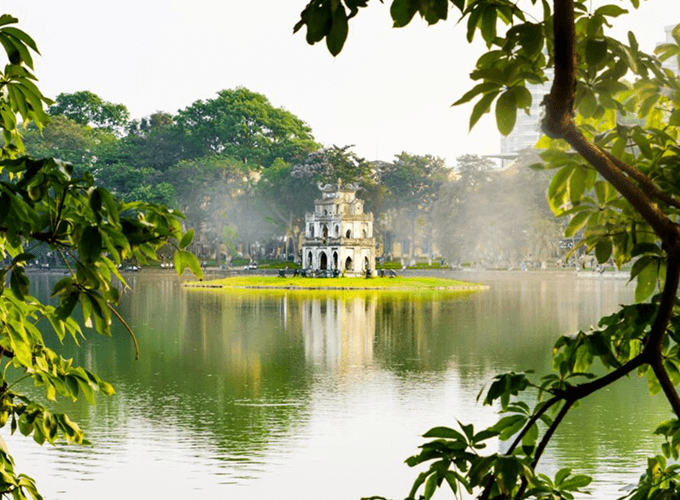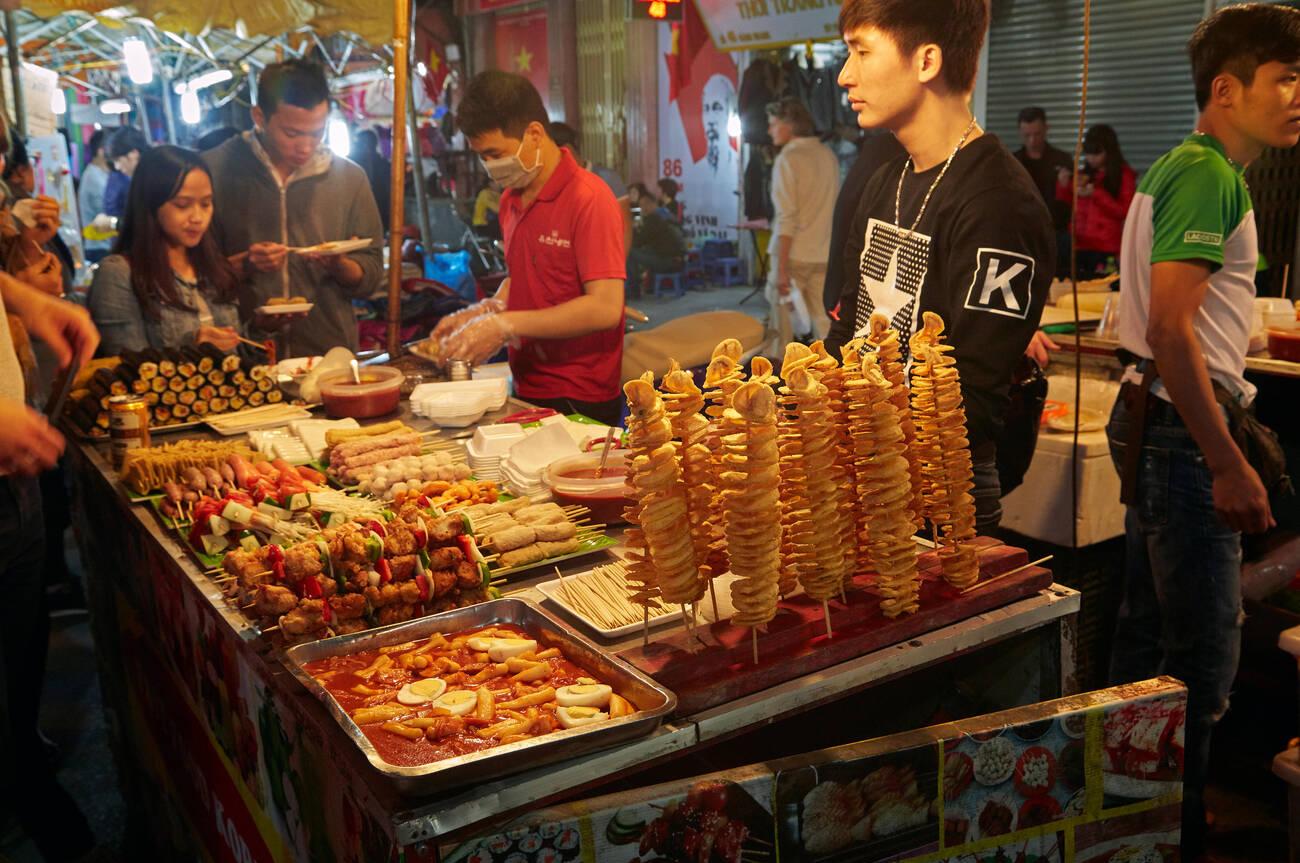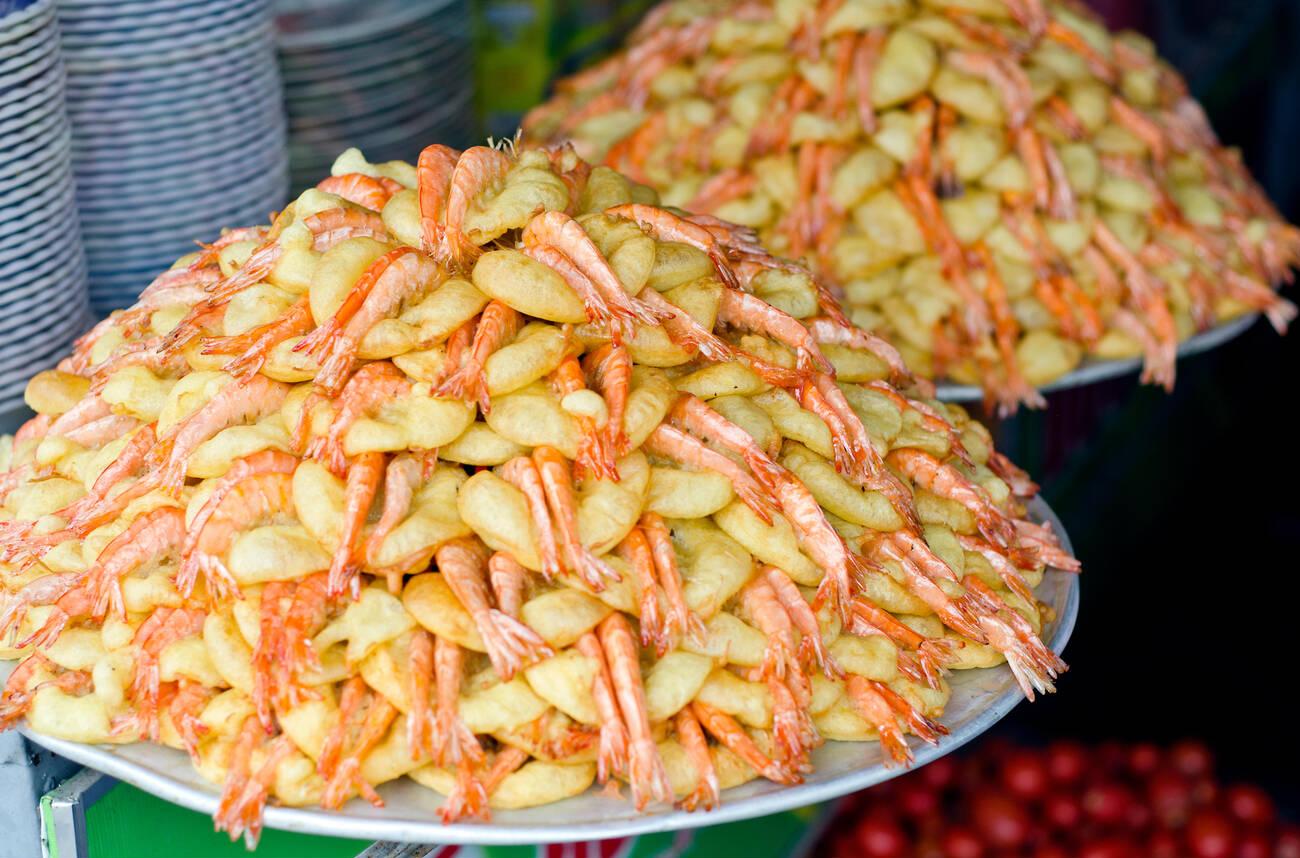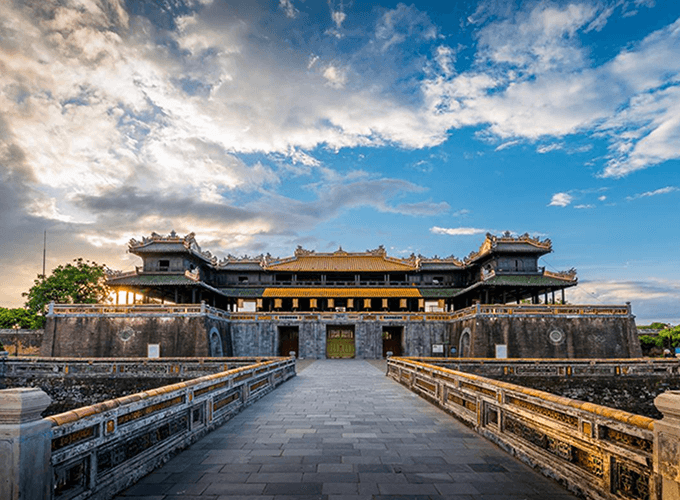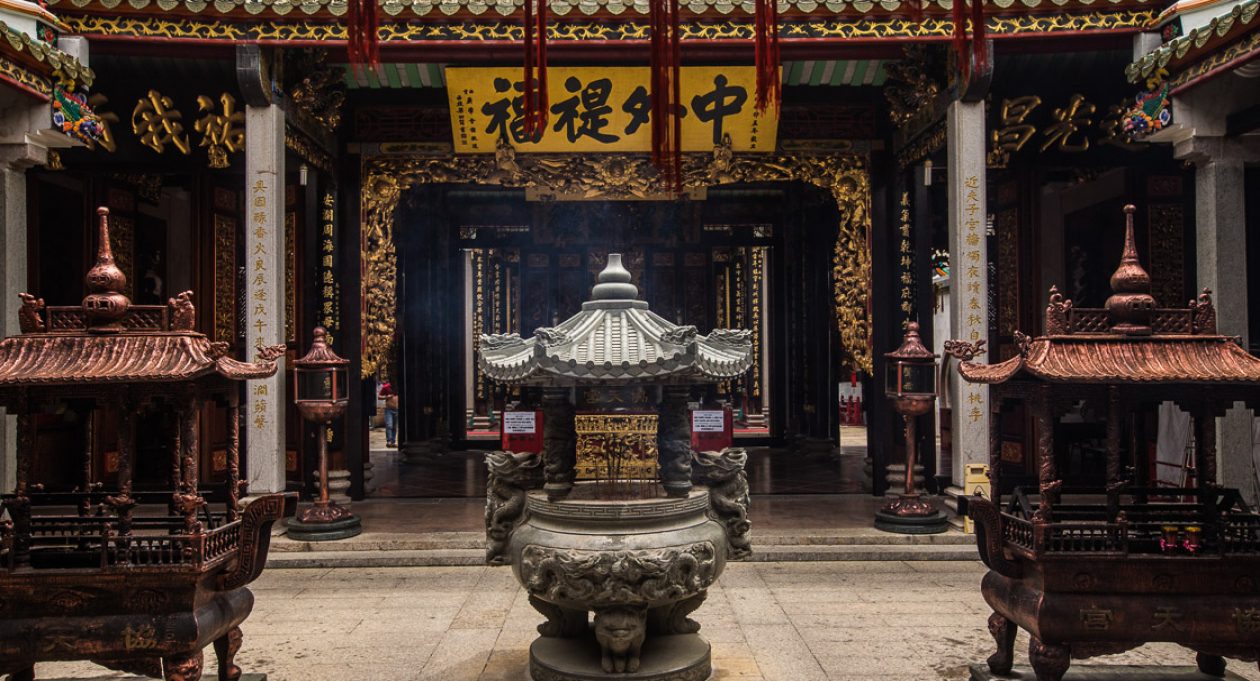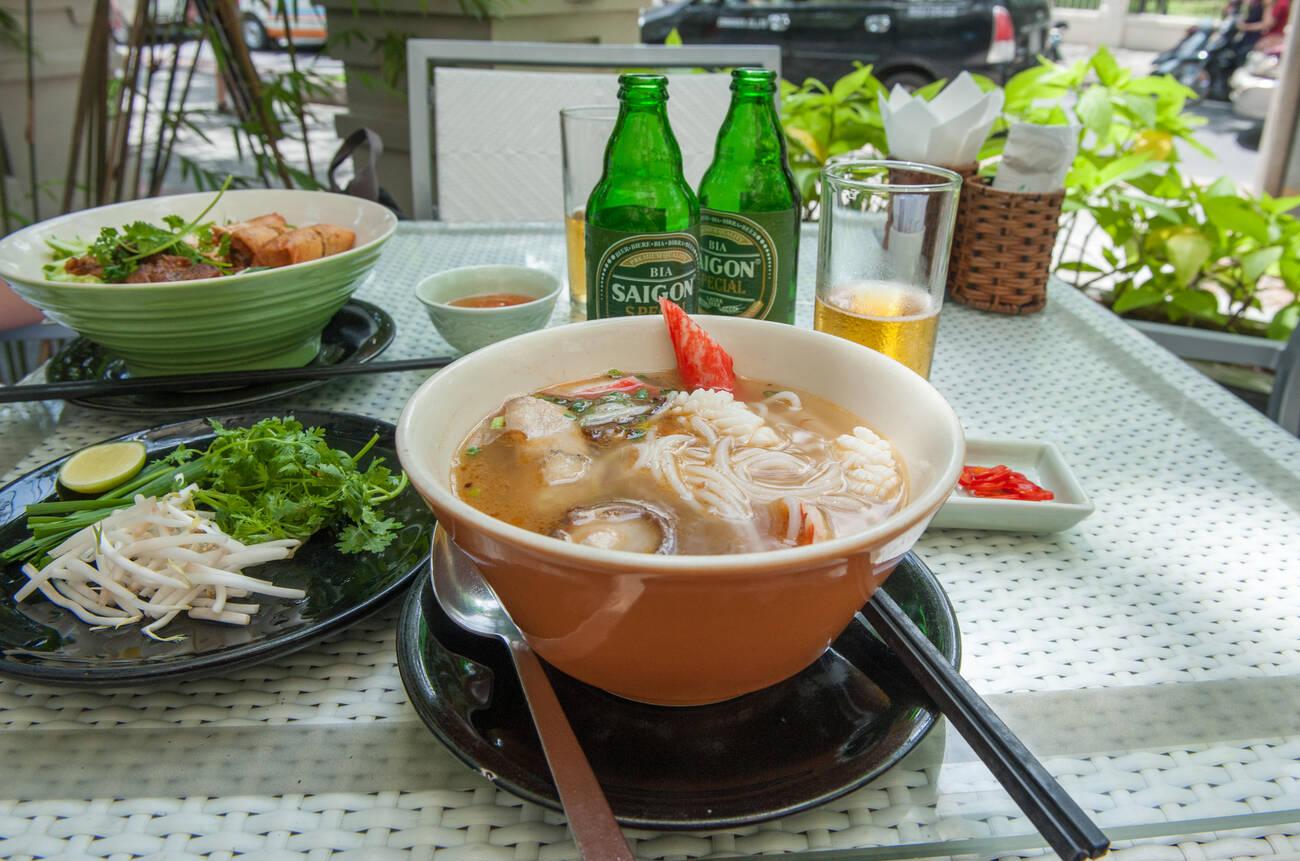Discover a thrilling 16-day Vietnam adventure tour, filled with stunning landscapes and rich traditions. Explore Sapa’s peaceful mountains and Hang En, one of the world’s largest caves. Drive through Mu Cang Chai’s picturesque landscapes and visit Rhododendron Falls in Bach Ma National Park. Explore the UNESCO old towns of Hue and Hoi An, savoring delicious Vietnamese cuisine along the way.
- Bhutan Tours
- Borneo
- Cambodia
- China
- Halong Bay Cruises
- India
- Indonesia
- Japan
- Laos
- Malaysia
- Myanmar
- Nepal
- North Korea
- Philippines
- Singapore
- South Korea
- Sri Lanka
- Taiwan
- Thailand
- Tibet
- Vietnam
Click to view suggestion list
Tour Highlights
5
3
Detailed itinerary ideas
Ask us if you would also like us to arrange your international flights at our preferred rates.
-
1
You will be greeted and taken to your hotel in the city upon your arrival in Hanoi.
-
2
Explore Hanoi with your guide by going on a cyclo tour around the old quarter region, which is a labyrinth, and by having a walk through the quaint French colonial zone.
-
3
After a free day, travel an overnight train to Sapa in the Tonkinese Alps, where you will spend two full days seeing the towns and mountain hikes in the region.
-
4
After arriving at Lao Cai today, which is just two kilometers from the Chinese border, you will be greeted and driven to Sapa, a charming mountain town.
-
5
You go out on a hike around the local minority settlements today. You will see some breathtaking views along the way.
-
6
Today you leave Sapa and travel along one of Asia’s most beautiful roads to Mu Cang Chai in the south. Before arriving at your simple homestay in Nghia Lo, you’ll have plenty of time to make stops.
-
7
Your trip to Dong Hoi begins with a departure from Nghia Lo this morning as you make your way to Hanoi and the airport. Your guide will be waiting to take you to your hotel on the outskirts of Phong Nha-Ke Bang National Park as soon as you touch down.
-
8
You begin your six-hour hike to Hang En, or Swallow Cave, today. The route passes through rural communities, forest, and rivers before arriving at the destination and Hang En, the third-largest known cave in the world. You will spend the night in a tent and explore the network of caves during the day.
-
9
You’ll visit the Exit Cave this morning before breakfast and then go on your cave exploration. Early in the morning, you break camp and hike back to the main road. You go back to your accommodations along the seaside this afternoon so you can change and freshen up.
-
10
The journey from Dong Hoi to Hue, the former capital of Vietnam, takes around an afternoon as you and your driver go south. You are free to spend the remainder of the day as you choose.
-
11
A full day of sightseeing in Hue, including a cruise down the Perfume River and a stop to the Citadel.
-
12
Today you travel on to Hoi An, stopping en route at Bach Ma National Park to enjoy some great trekking.
-
13
All day to yourself.
-
14
Spend your second day in Hoi An relaxing on the beach or shopping for unique garments at one of the many excellent tailor shops.
-
15
Head south to Ho Chi Minh City, where you may spend the morning exploring the area or perhaps seeing the Cu Chi Tunnels.
-
16
Today is your last day of free time before you return home.
Accommodation options
Because Audley excursions are 100% customized, an expert may assist you in choosing the choice that best fits your preferences and budget, even if the itinerary pricing just represents the recommended lodging.
What our clients say about us

Eriberto P
16 March 2024 ★★★★★We had an amazing time with Flipside! The easy riders were fantastic and made us feel so safe over the 3 days. The food and home stays were lovely over the trip and there were plenty of stops along the way. The evenings were so much fun with the group and easy riders! Everyone was so accommodating and friendly and made the experience unforgettable. We cannot wait to come again and highly recommend Flipside

Jeremy
28 April 2024 ★★★★★Flip side honestly exceeded my expectations! Of course the views of Ha Giang were amazing but the staff were absolutely incredible and the easy riders were amazing! I felt so safe on the back of Truong’s bike the whole time. We had a small group of 6 people, 4 of us with easy riders and my boyfriend and our friend drove themselves. The drivers were steady and kept a good, safe pace for the guys riding (we saw and heard how fast the other tour’s went and how many injuries they have). Every night was super fun and our riders had such a laugh with us. Flip side take you off the beaten track and we saw some amazing views and swam in some gorgeous waterfalls that we hiked down too, it was so special. The main highlight was day 4, where we met Thiên and Truong’s families. We had the best day wild swimming with them, swimming inside a hidden cave, and drinking too much happy water while teaching everyone Scottish country dancing. Special thanks to Duc Anh, Thiên and especially Truong. Amazing people that made the four days so special!!! Flip side really feels like a family and social enterprise and really supports the staff & the villages in the mountains, it was amazing to see and hear about from a tour company! 10/10

Steven
23 April 2024 ★★★★★I had a good time and I am Glad, that I decided me to book this tour I can recommed it, it was nice and uncomplicated to book We had a really good time

Naad
16 April 2024 ★★★★★We just returned from a 14 day trip to Vietnam with FLIPSIDE. The trip was perfect, thanks to Mr. Kevin and his team, who took care of every detail of the organization and were attentive throughout, ensuring that our experience was excellent. They even provided us with tips on some great hotels in Hanoi, Halong Bay, Hoi An and Ho Chi Minh City. During our trip, we visited Hanoi, Halong Bay (two night by boat, highly recommended for a full experience), did the Ha Giang Loop for 4 days, explored Hoi An and went on a 3-day bike tour in the Mekong Delta. The guides spoke good English and took excellent care of us in each city: Tony in Hanoi and Halong Bay, Nghia in Ha Giang and Tom in the Mekong Delta, all of whom helped us enjoy the journey more. Vietnam is a wonderful country with delicious food and the people are charming. I absolutely recommend it. Many thanks to Mr. Kevin and Flipside Adventure Travel for their excellent work.
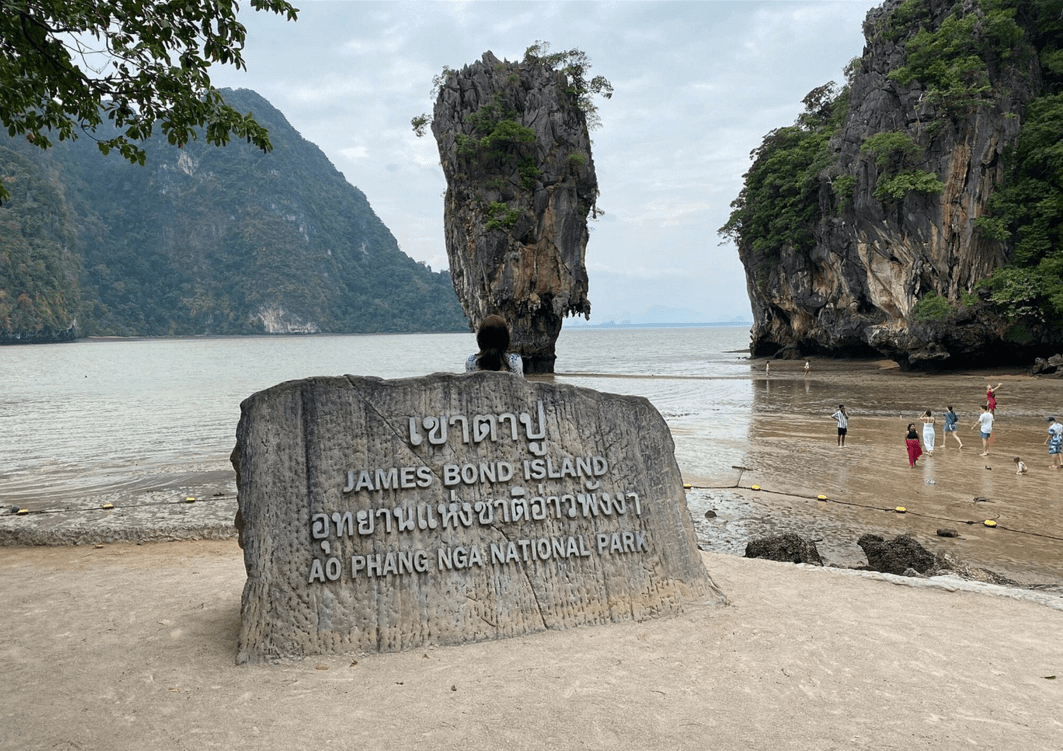
Sures M
3 April 2024 ★★★★★The flipside Ha Giang loop tour was a absolutely incredible experience which left us both completely speechless until now! Diving into the heart of the loop and being given a real experience of the life in which the local people live here was truly amazing. The company puts real emphasis into helping local communities within the loop. You are able to make donations, if you wish, to local families in need and the experience visiting the family really does change your perspective on things. Furthermore, you are taken off the main tracks and see parts of the loop no one else does. However, you still see the incredible scenery and pass through the loops most popular tracks so don’t miss out in incredible views. The easy riders ensure you make plenty of stops for delicious coffee/drinks and have the chance to take plenty of photos and videos to capture the moment! Me & my girlfriend had Ǎn and Dukang (I hope I’ve spelt that correctly) as our easy riders and they were genuinely amazing people. You connect with them over the three/four days and make a real friendship with them! They’re fantastic drivers and go above & beyond to make sure you have a brilliant time. Food was delicious and we never felt hungry as there was so much! The homestays were great too, couples on our tour were given private rooms when possible (which was both nights for us). The flipside team do an amazing job and deserve the most recognition possible! I hope one day to return & do the loop again. It was truly amazing. Thank you to everyone at Flipside, with particular thanks to Ǎn & Dukang! Legends!!

Stolecki G
10 April 2024 ★★★★★We just completed a 26 day tour of Vietnam: Hanoi, Ha Giang Loop Tour by motorbike, Halong Bay cruise, Hoi An, Ho Chi Minh, Cu Chi tunnels, Mekong cycle tour. We arrived by boat in the Cambodian capital and from there, we went to Siem Reap to visit the temples of Angkor. Finally, we traveled to Bangkok, visiting the city's temples, floating markets and parks. We were met for all the transfers, including 4 internal flights, a boat transfer and the cruise. Everything was perfectly organized by Kevin. All tour guides were excellent and very attentive, and the drivers and vehicles were also great. Despite choosing budget hotels, they were good quality. We felt safe and secure throughout the trip. The only accommodation that felt a bit out of place was the one in Bangkok. Flipside Adventure Travel is an agency we highly recommend as they organize tailored tours with half board, diverse activities and at a reasonable price. This experience was particularly special as it was our first trip to Asia.

Armer S
12 June 2024 ★★★★★Flipside Adventure Travel organized a fabulous 3-week trip for us to Vietnam and Cambodia. We visited Angkor Wat, Phnom Penh, traveled by boat on the Mekong River with a bike tour and explored Saigon, Hoi An, Halong Bay and the Ha Giang Loop. A choice was perfectly offered in different hotels and accommodations, allowing everyone to manage their desires and budget. Our travel consultant, Stephen was always ready to answer us on WhatsApp when we needed it. We were really taken care of! Also, when bad weather made us cancel our scuba diving, Stephen quickly found us another plan. The guides were nice and spoke English well; the drivers were good and we loved our trip. Highly recommend Flipside Adventure Travel!

Vernola S
18 January 2024 ★★★★★Our trip to Vietnam was fantastic, one of the best I've ever had. Flipside Adventure Travel was very well organized throughout. We were fortunate to have a wonderful guide, Tony, who was incredibly helpful, kind and patient. The group of fellow travelers were also great. They ranged in age from about 30 to 50 years old and were easy to get along with and friendly. We always made stops at clean restrooms, dined at wonderful restaurants, and stayed in excellent hotels. The itinerary struck a good balance between sightseeing, shopping, downtime, group activities, communal meals, and individual dining choices. I particularly enjoyed visiting Halong Bay, Ha Giang Loop, Saigon, Mekong Delta, Hoi An, trying Vietnamese cuisine, watching water puppetry and more. I would definitely travel with them again and highly recommend this company.


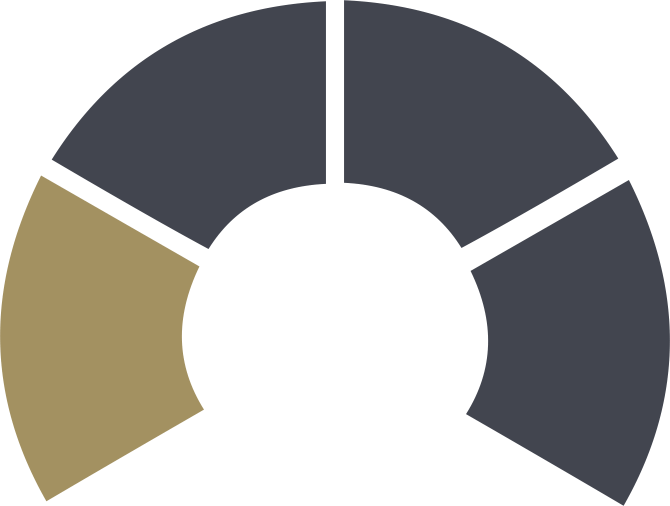



 0
0







